Optimal Conditions for Concrete Leveling
Concrete levelings are most effectively performed during specific weather conditions to ensure proper curing and longevity. Typically, the optimal time is during mild temperatures with low humidity and no forecasted rain. This prevents issues such as cracking or improper setting, which can occur in extreme weather conditions.
Spring and fall generally provide the best weather for concrete levelings, with moderate temperatures and stable humidity levels.
The ideal temperature range for concrete leveling is between 50°F and 85°F. Temperatures outside this range can affect the curing process.
Dry weather without rain is essential. Moisture can interfere with the setting process and compromise the results.
Performing levelings during suitable weather conditions enhances the durability and lifespan of the repaired surface.
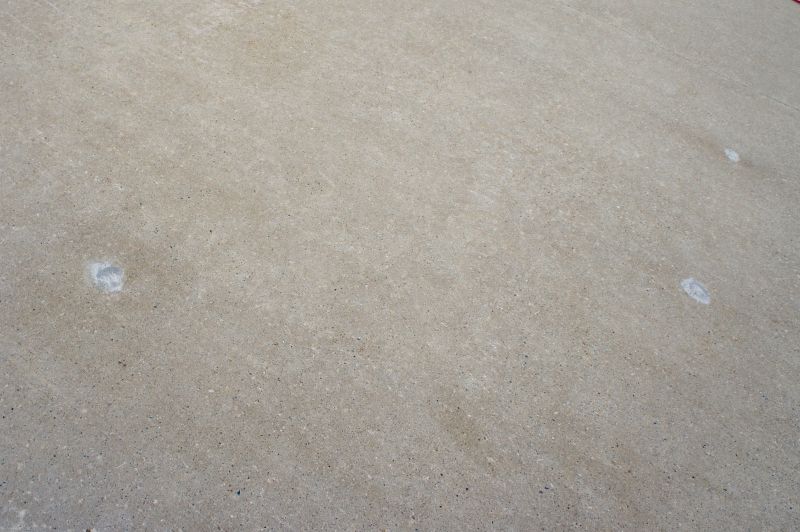
Spring offers mild temperatures ideal for concrete leveling projects.
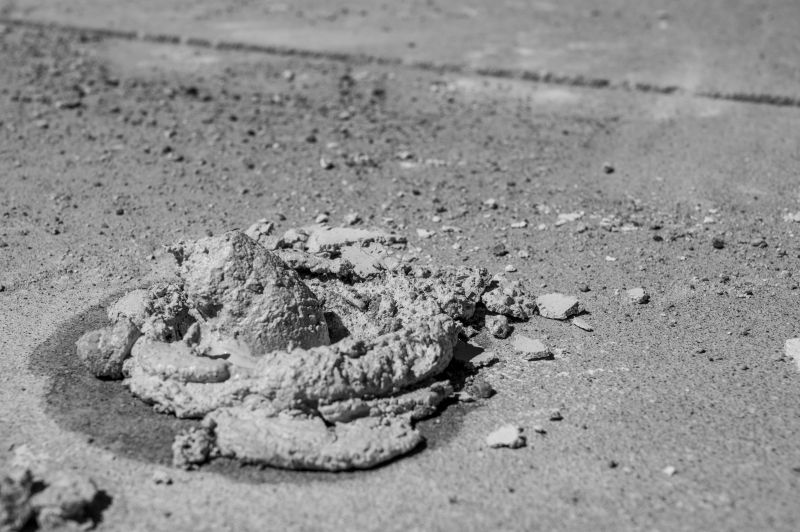
Summer can be suitable if temperatures are moderate and humidity is controlled.
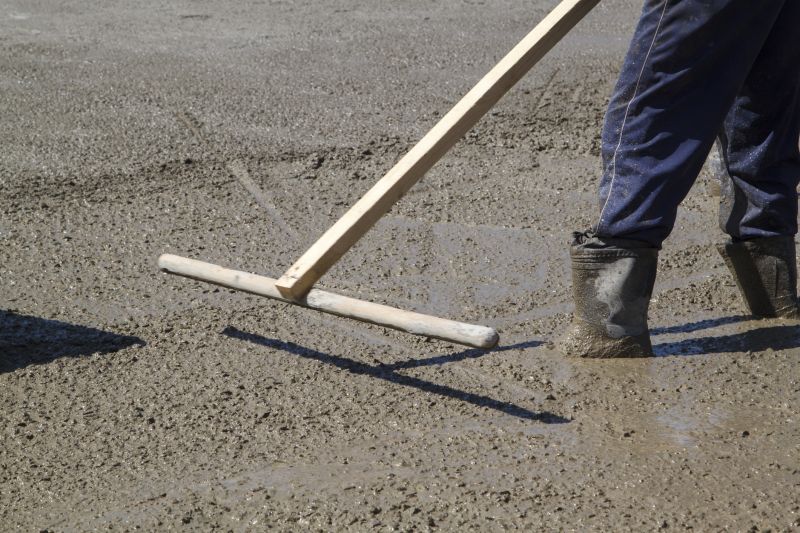
Fall provides cooler temperatures and dry conditions favorable for concrete work.
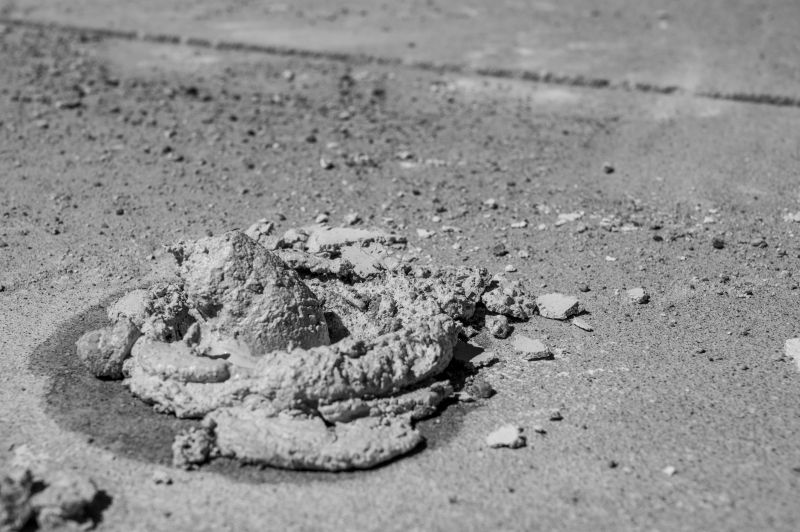
Ways to make Concrete Levelings work in tight or awkward layouts.

Popular materials for Concrete Levelings and why they hold up over time.

Simple add-ons that improve Concrete Levelings without blowing the budget.
| Season | Best Conditions |
|---|---|
| Spring | Moderate temperatures, low humidity, no rain |
| Summer | Warm temperatures, avoid extreme heat and humidity |
| Fall | Cooler temperatures, dry weather |
| Winter | Not recommended due to cold temperatures and potential freezing |
Concrete levelings involve raising and leveling uneven surfaces to restore safety and functionality. This process is crucial for maintaining the integrity of driveways, sidewalks, and other concrete structures. Proper timing ensures optimal results, reducing the risk of cracking, shifting, or deterioration over time. Weather conditions play a significant role in the success of the project, as improper timing can lead to rework and increased costs.
Data indicates that scheduling concrete levelings during suitable weather conditions can extend the lifespan of the repair by up to 50%. Ensuring the surface is dry and temperatures are within recommended ranges supports proper curing and adhesion. Planning ahead based on seasonal patterns helps achieve the best results and minimizes disruptions.
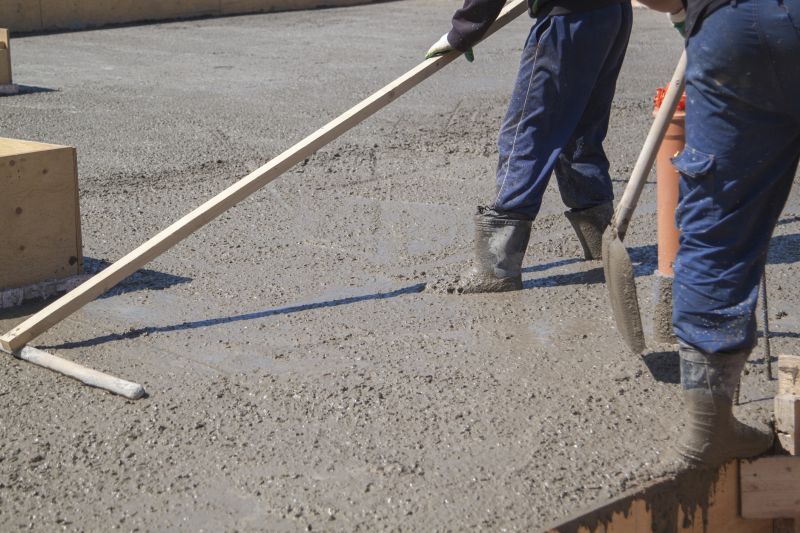
A technician performs leveling during optimal weather conditions.
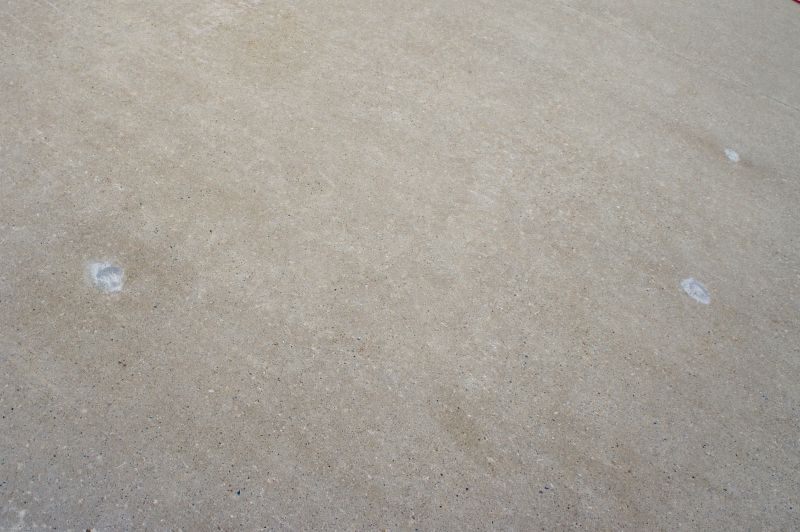
Visual comparison of a surface before and after leveling.
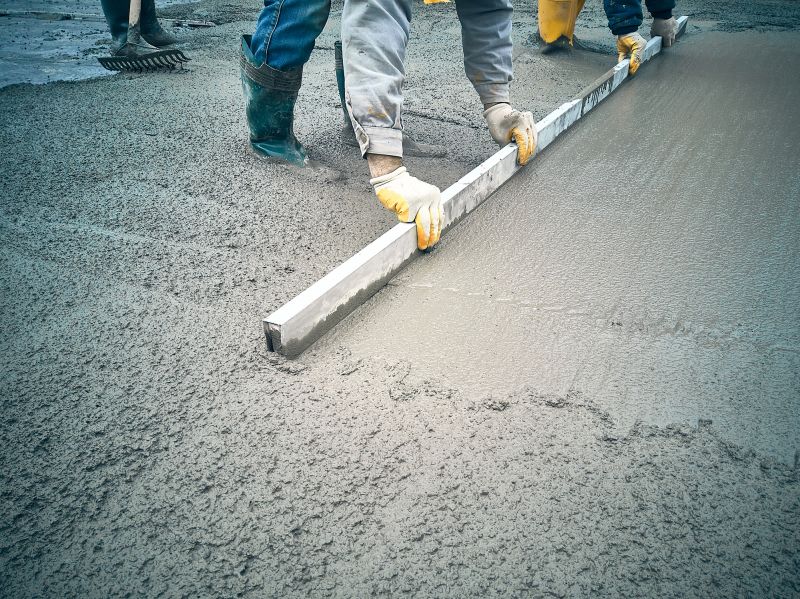
Planning projects around favorable weather helps ensure success.
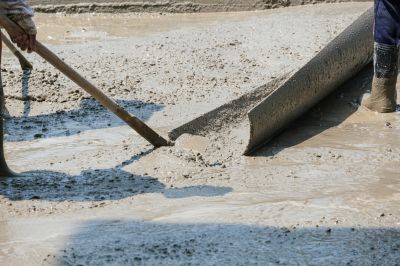
Maintaining appropriate weather conditions supports curing.
Interested in scheduling a concrete leveling project? Filling out the contact form provides the necessary details to plan your surface repair during the optimal season for best results.
